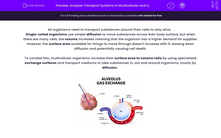All organisms need to transport substances around their cells to stay alive.
Single-celled organisms use simple diffusion to move substances across their body surface, but when there are many cells, the volume increases meaning that the organism has a higher demand for supplies.
However, the surface area available for things to move through doesn’t increase with it, slowing down diffusion and potentially causing cell death.
To combat this, multicellular organisms increase their surface area to volume ratio by using specialised exchange surfaces and transport mediums to take substances in, out and around organisms, mostly by diffusion.
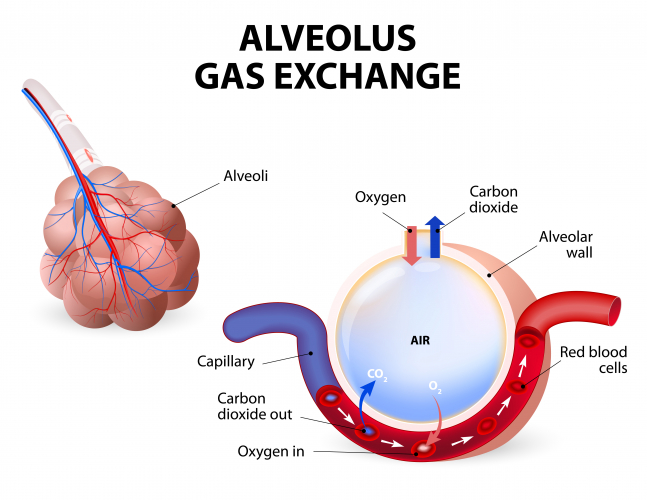
Gas Exchange
In mammalian gas exchange, specially designed alveoli increase the surface area of lung tissue connected to the capillary walls, aiding the uptake of oxygen by red blood cells and the removal of carbon dioxide from the pulmonary capillary blood.
In plants, however, carbon dioxide comes in and diffuses through the tissue fluid to the cells to be used for photosynthesis, while the oxygen made diffuses out to the surrounding tissues and into the environment using the concentration gradient.
Urea
Diffusion also helps to remove waste products like urea from protein breakdown - blood transports it from the liver to the kidneys, where urea can be made into urine and excreted out of the body.
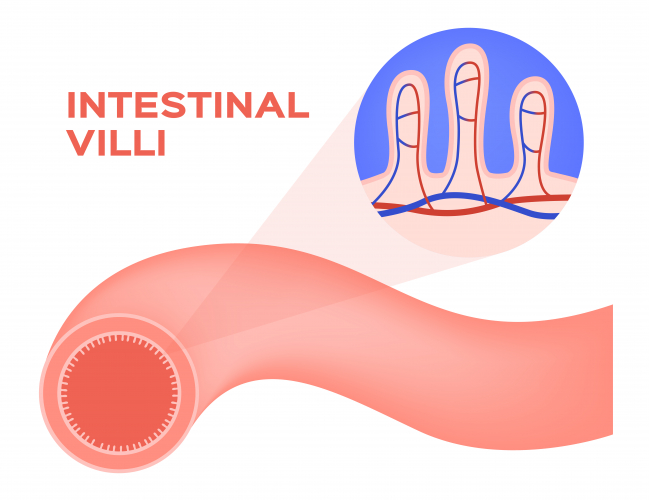
Dissolved Food
When we eat, food is broken down in the digestive system into dissolved food molecules that diffuse from the gut lumen, across the wall of the small intestine and into the bloodstream.
The small intestine is the site of most food absorption and has specially designed microvilli that increase its surface area to maximise the amount of surface that interacts with the blood in absorption.
Water transport via osmosis
The water content of a cell is determined by the water concentration surrounding it due to osmosis - the diffusion of water which relies strongly on concentration gradients.
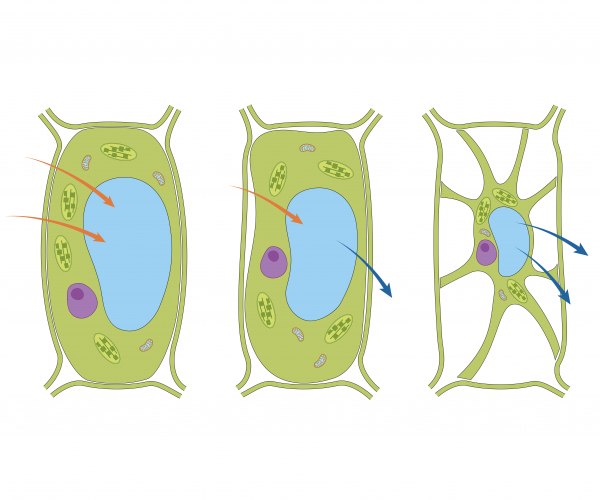
Plant cells have strong permeable cell walls around the cell membrane that support the cell to prevent it from bursting during water uptake. This happens when plant cells are placed in dilute solutions which have a high water concentration. Osmosis occurs from the high volume of water on the outside into the lower concentration of water inside, causing the cell to fill up and become turgid.
But if plant cells are placed in solutions that are highly concentrated, meaning lots of solute but little water, cells release water by osmosis. This makes the cell vacuole and cytoplasm volume decrease and shrink away from the cell wall, making the cell flaccid, becoming plasmolysed.
.jpg)
Animal cells don’t have cell walls, so osmosis can make the cell drastically change shape as it gains or loses water. This can affect their performance, for example red blood cells. Blood plasma and tissue fluid must be tightly controlled or else the red blood cell might gain too much water so that it could burst, or too much water is lost so that it shrivels up and stops being able to transport oxygen.
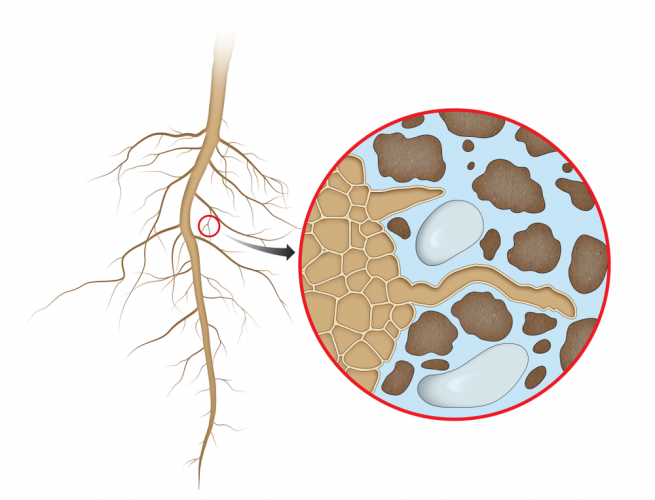
Active transport of mineral ions
Sometimes diffusion isn’t enough, and energy has to be spent. In plants, the uptake of mineral ions by root hair cells is also dependent on active transport. Their large surface area makes them ideal for pulling mineral salts from a low concentration in the soil into the already highly saturated cells against the concentration gradient, using energy from respiration.
There's a lot of information to take on board in this topic so it might be a good plan to read through this Introduction once more before having a go at the questions.

